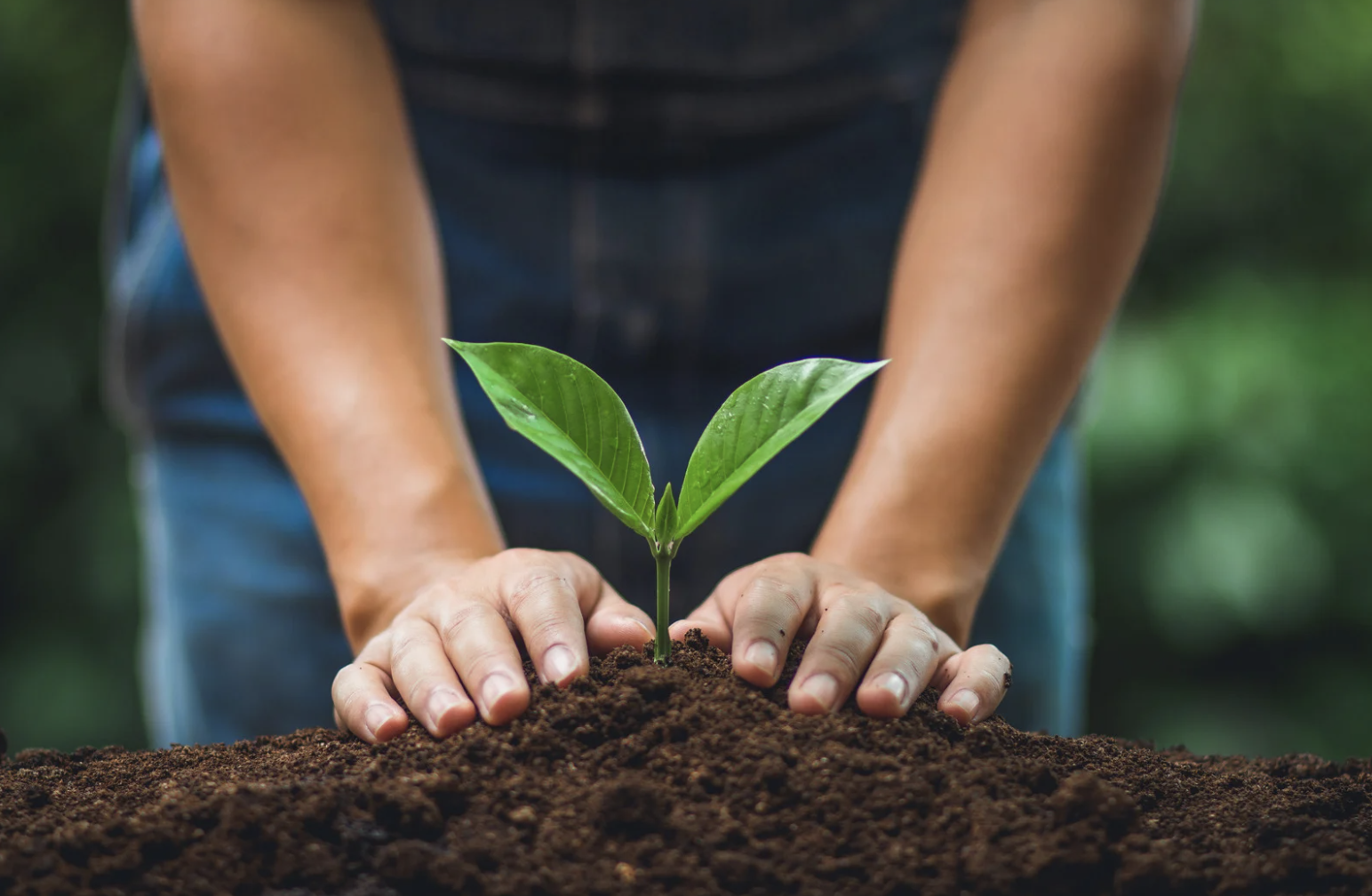
07 Apr Why Are My Plant Leaves Turning Yellow? Causes & Fixes
Plant Leaves Turning Yellow: Causes & Fixes
Are your plant leaves turning yellow, making you wonder what’s going wrong? Water issues, either too much or too little, often cause this problem, leaving roots unable to function properly.
You might also face issues like nutrient deficiencies or poor lighting. Understanding these factors allows you to keep your plants healthy and green.
Understand Leaf Yellowing
When your plant’s leaves start turning yellow, it can be a signal that something is not quite right.
Whether it’s due to moisture issues or nutrient deficiency, identifying the early symptoms and understanding the common causes can help you take corrective action swiftly.
Symptoms and Early Detection
Spotting yellowing leaves early is crucial in addressing the issue. You may notice that the color change starts at the tips or edges, gradually moving inward. Occasionally, this yellowing might be accompanied by wilting or browning. The texture of the leaves can provide additional clues: are they limp, mushy, or dry?
Keep an eye out for patterns. Are the lower leaves turning yellow first, or is it scattered throughout the plant? Consistent monitoring allows you to detect these changes early, enabling swift action to mitigate further stress for your plant.
Grasping these initial symptoms can save your plant from prolonged periods of distress. The right response depends on the specifics you observe, so pay attention to all details.
Common Causes Explained
The environment often holds the answer—too much or too little water is a frequent culprit. Overwatering can lead to yellow, mushy leaves, while underwatering results in dry, crispy foliage, reflecting moisture stress.
Nutrient imbalance also plays a significant role. Lack of essential nutrients like nitrogen, iron, or potassium can cause yellowing. The roots might be unable to take in nutrients due to overwatering or poor soil quality.
Pests or diseases further complicate matters. Some plant diseases manifest through yellow leaves, so check for pests lurking beneath leaf surfaces or spreads without warning. Understanding the precise cause is key to finding an effective solution.
Correct Water-Related Issues

Addressing water-related problems can prevent yellowing leaves and maintain healthy plants. These issues often stem from improper watering practices, whether it’s giving your plant too much water or not enough.
Overwatering and Root Rot
Overwatering is a common cause of yellow leaves. When plants receive too much water, their roots can start to suffocate, leading to root rot. You might notice your plant looking wilty despite its wet soil. The key? Check your pot for drainage storage. These prevent water from sitting at the bottom. Allow your plants to dry out slightly between waterings.
A moisture meter can be a helpful tool to gauge soil moisture levels accurately. Consider amending the soil with sand or perlite to improve drainage. If root rot has set in, trim the affected roots and repot your plant in fresh soil.

Underwatering and Drought Stress
On the flip side, underwatering can also cause leaves to turn yellow. Without enough moisture, plants can’t perform photosynthesis effectively, leading to drought stress. The soil may be dry and hard, pulling away from the pot edges. Water the soil thoroughly, ensuring it’s evenly moist.
To avoid this, develop a consistent watering schedule. If you’re unsure when to water, stick your finger into the soil about an inch deep. If it feels dry, it’s time to water. Letting soil dry out too much between waterings can harm your plant. Proper hydration stabilizes plant health and prevents yellowing.
Address Nutrient and Soil Problems
Yellowing leaves might point to deeper problems with your soil and nutrient management. Whether it’s a lack of necessary nutrients or compacted soil preventing root growth, these aspects can severely impact plant health.
Identify Nutrient Deficiencies
Understanding which nutrient is missing can save your plants. Chlorosis, or yellowing of the leaves, often hints at nutrient deficiencies. Nitrogen shortage is a common culprit, turning older leaves yellow while new growth remains green. Symptoms can vary with other deficiencies—like magnesium, which causes interveinal chlorosis. Regular soil testing can help you pinpoint these lacking nutrients. Based on test results, tailor nutrient supplements such as compost rich in essential elements to restore plant health. Always follow recommendations, as over-fertilizing can be just as harmful.
Soil Quality and Fertilization
Soil quality acts as the foundation for healthy plants. Compacted soil limits root expansion, making it hard for plants to access nutrients and water. Regularly checking soil texture and structure can forestall these issues.
If the soil feels too dense, consider incorporating organic matter to improve aeration and nutrient holding capacity. Implement a routine fertilization schedule, balancing quick-release and slow-release options to maintain a consistent supply.
Don’t just fertilize on a whim; base it on soil test results and plant demands. Pay attention to soil moisture as well; it’s easy for soil to dry out, which impairs nutrient uptake and further stresses plants. Proper watering methods are vital for nutrient absorption and plant vigor.
Your Guide to Fixing Yellow Leaves and Growing Success
Understanding why your plant leaves are turning yellow is the first step to restoring their health. By addressing issues like watering, nutrients, and pests, you can bring your plants back to vibrant life.
For personalized advice and expert solutions, contact Price Right Trees at 817-290-4365 and let us help you achieve a thriving garden!
